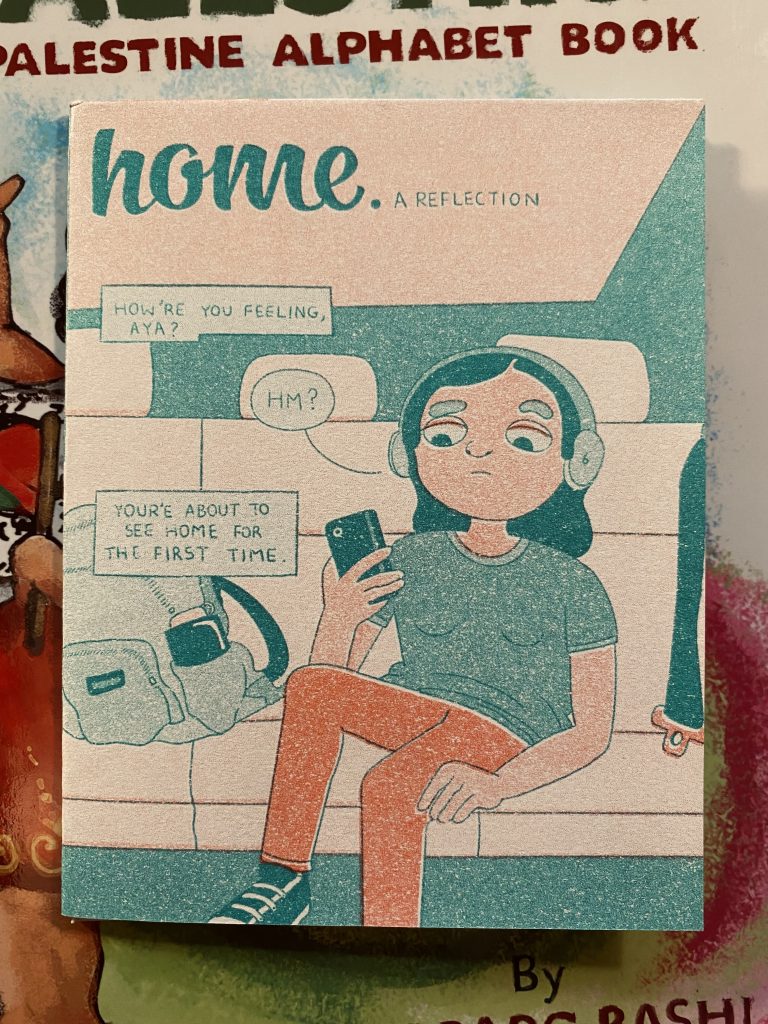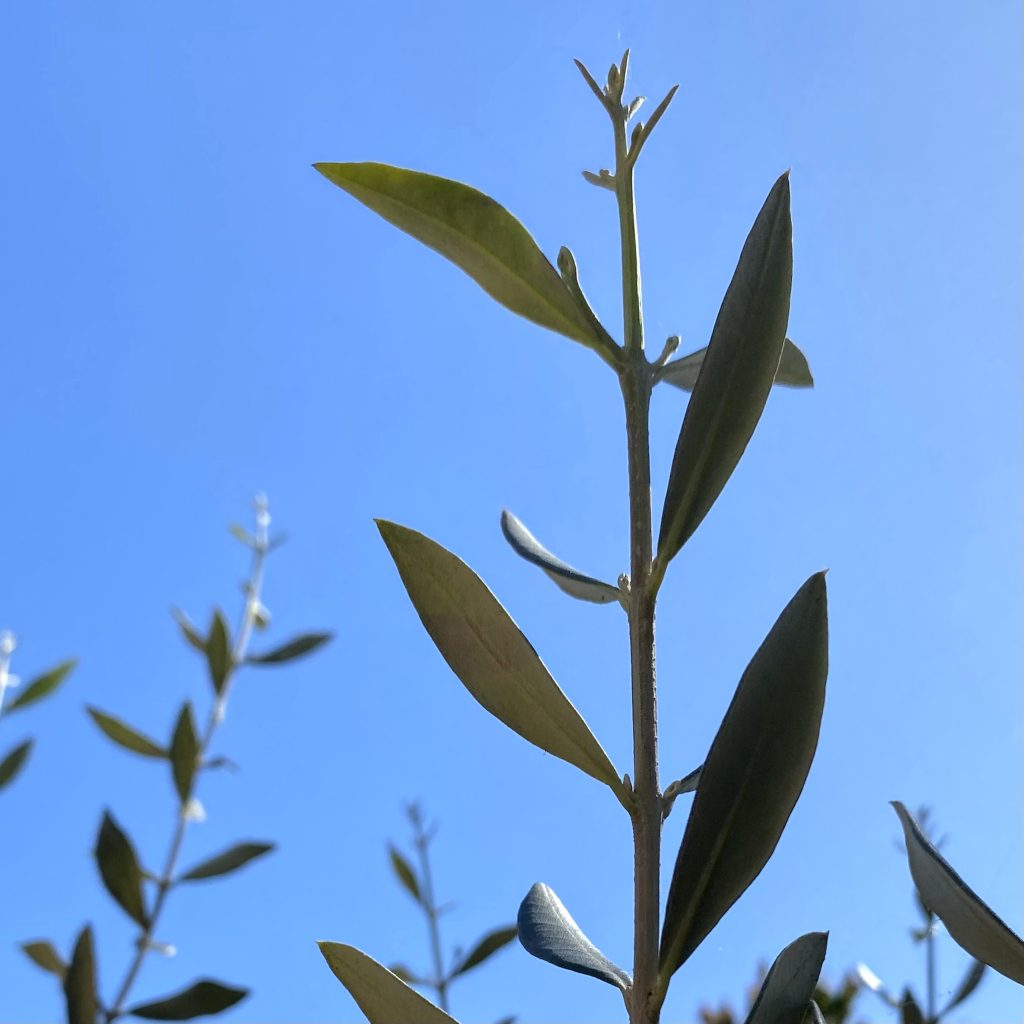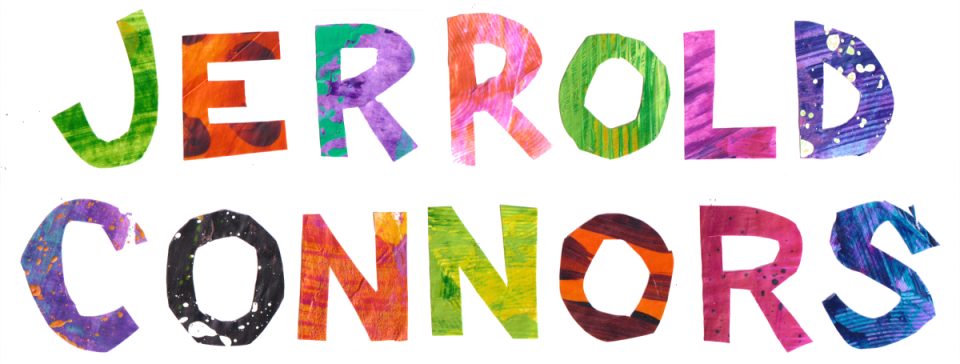
I’ve been looking forward to reading THESE OLIVE TREES by Aya Ghanameh at least since this Twitter thread about the dearth of Palestinian books in children’s publishing (the post points to this article by Nora Lester Murad on the School Library Journal website). I’ve got the book in hand now and there’s a lot I like about it, particularly how the illustrations capture the texture of risograph printing, which, if you read my post on illustration styles through the decades, you know is one of my favorites.

I’m impressed, also, that the book ends on something of a hopeful note. You have the feeling that these olive trees, uprooted, bulldozed, displaced and otherwise destroyed, remain resilient and will survive as seeds. Or maybe that’s just me looking for hope.
My mind keeps going back to this short film, YEARBOOK by Bernardo Britto.
In this short, the main character is tasked with recording the entirety of human history on a single hard drive before its extinction. When the hard drive begins to run out of memory, he must decide which people and events get cut. This is a pessimistic take, and to be honest, an uncomfortable one as I offer it from the safety of my North American privilege, but I keep wondering when an author is faced with the genocide of their people, what makes it into the scant 32 pages and some hundred words that make up a picture book?
Author Astrid Kamalyan, Artsakh Armenian, tells the story of her people’s rug washing tradition in BÁBO. It’s a lovely book and I don’t think there’s a wasted line but there’s one right in the middle of the book that captures my imagination. “The hot air in the garden smells like simmering rose jam.” It feels like there’s something important in that image.

I’m not certain what I’m writing about here. I don’t know if I can read either of these books outside the context of genocide, and I don’t know if I even should try to. At the same time, I wish I could celebrate Palestinian and Armenian storytelling for their own sakes. I want to know if there are unicorns in Palestine and dragons in Armenia. I want to know if the poetry and humor of the authors’ writing matches the landscapes of their countries. (If that sounds selfish and indulgent, do know that what I’m really asking for is a world where this kind of selfish indulgence is allowed.)
Ultimately, if this is just about me and why I’m writing this barely-about-picture-books post, I feel a need to bear witness. YEARBOOK ends with the idea that on a cosmic scale all that really matters is the here and now. The here and now, presently, is terrible and I can hardly come to terms not only with the fact that I’m holding two books by two authors who are personally affected by current genocides but there are, in fact, other ongoing genocides happening in the world (Sudanese and Uyghur, to say nothing of indigenous tribes of the Amazon). Hope is hard right now, but I’m glad these books exist and I’m happy to support these authors and to carry some small part of their traditions so that their stories, like the olive seed, may yet survive.

ps: I know the names mentioned in YEARBOOK are heavily Western-centric. If you noticed that and are looking for a broader view of the history of our world, I recommend Bill Wurtz’s HISTORY OF THE ENTIRE WORLD, I GUESS.
pps – be sure to read that When Hope Is Hard article.
